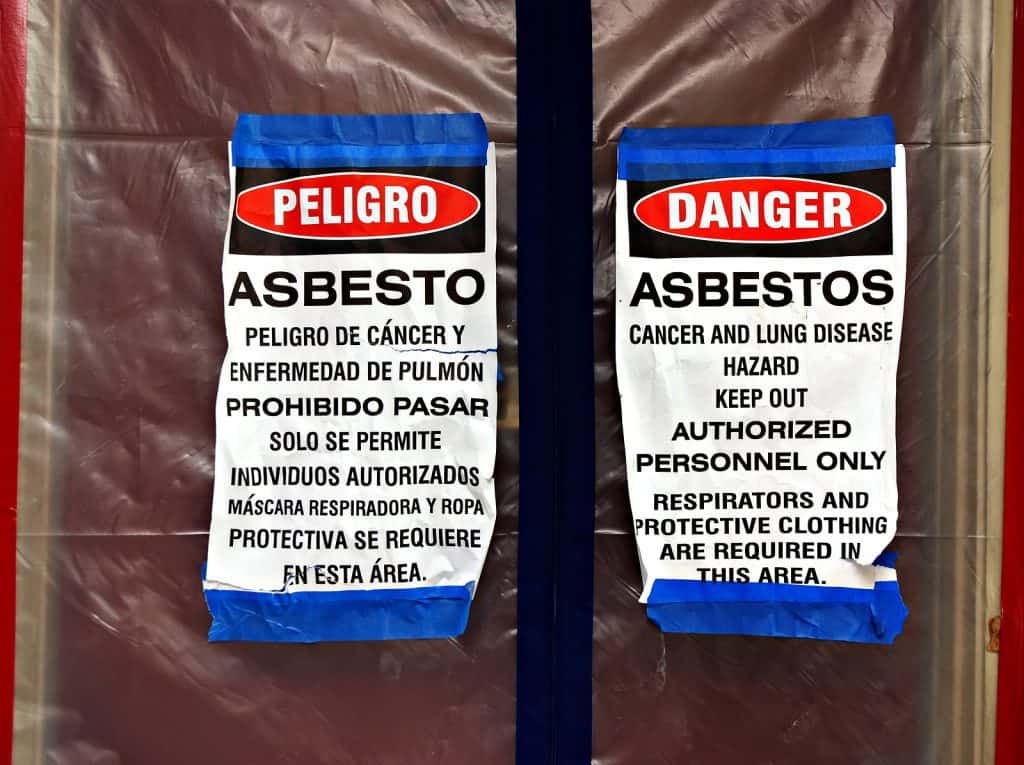The health-related consequences of asbestos exposure are well-documented. After all, asbestos has been extensively used since the 19th century in shipyards, factories and other industrial settings.
The Occupational Safety and Health Administration (OSHA) has been regulating asbestos exposure in the workplace since the 1970s. These regulations detail the requirements for measuring potential exposure and specific work practices.
But what happens if your employer fails to follow these standards? What rights do employees have to be protected for asbestos?
Worker Rights with Asbestos Exposure
Under OSHA law, workers have several rights, including the right to:
- Receive the required safety gear and protective equipment
- Receive training about OSHA standards and workplace hazards if you are exposed to asbestos
- Review the results of tests that measure safety hazards
- Review the records of workplace-related illnesses and injuries
- File a complaint with OSHA
- Request an inspection of the workplace to look for safety hazards
If exposure has put your health at risk, you may be able to sue your employer or an involved party to recover compensation for injuries.
OSHA Standards
OSHA has established a permissible exposure limit, known as PEL, of 0.1 fiber per cubic centimeter of air as an eight-hour-weighted average (TWA). It’s important to note that legal does not necessarily equal safe. There is no known safe level of asbestos exposure.
OSHA’s standards for asbestos include:
- Periodic monitoring of workplaces to determine whether asbestos is above the PEL
- Workplace assessment to determine the level of exposure in workers before the job begins
- Training of workers who are at risk of exposure at or above the PEL before the work begins and annually from then onward
- Signage that warns of asbestos work being done
- Medical surveillance generally required for workers exposed at or above PEL
- Separate decontamination and lunch areas for workers exposed at PEL to avoid contamination
- Records of asbestos exposure monitoring must be kept for at least 30 years
Employer Liability in Asbestos Exposure
Asbestos exposure almost always occurs in the workplace, but it has become increasingly difficult to sue employers for injuries.
In many states, workers’ compensation laws are a major determining factor in liability. The problem with this is that workers’ compensation laws protect employers from being sued. If a worker is injured on the job, he or she may recover through the state’s workers’ compensation structure, but the employer is shielded from liability.
Workers’ compensation claims are typically handled outside of the courtroom.
Employers may not be able to be sued in court, but manufacturers, contractors and suppliers can be.
Defining the Employer
Determining the employer can be more complicated than it sounds. Auto plants, mines, shipyards and other companies often employ contractors to perform tasks. Therefore, the location of employment and the employer don’t always go hand-in-hand.
One simple way to determine the employer is to look at the paystub. Generally, the entity signing the worker’s paycheck is considered the employer.
In cases where work is contracted (and the worker is employed by the contracted company), the worker may be able to sue the company that contracted his or her employer for injuries.


